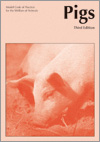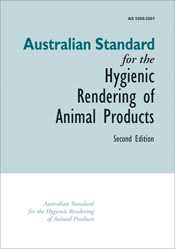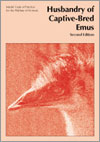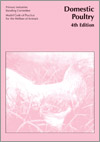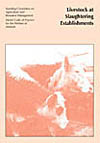Model Code of Practice for the Welfare of Animals: The Camel
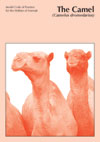
Guidelines to achieving humane husbandry of camels in all types of camel enterprises.
This Code is a guide for all people responsible for the welfare or management of camels, with the aim of achieving humane husbandry throughout all types of camel enterprises. + Full description
Behavioural, anatomical and physiological needs of camels are considered in this code.
The basic requirements covered for the welfare of camels are:
- Water, food and air to maintain good health
- Social contact with other camels, with sufficient individual clean, dry space to stand, walk freely, lie down, escape aggressors, stretch and groom
- Protection from predation, disease, adverse effects of climate extremes or unseasonable changes in weather conditions, and unnecessary, unreasonable or unjustifiable pain, suffering and injury
- Provision of a supply of common salt, and reasonable precautions against the effects of natural disaster
News
No longer available in a print edition.
Details
PDF | March 2006 |ISBN: 9780643092723 | 24 pages
Publisher: CSIRO PUBLISHING / PISC
Illustrations
Contents
Preface1 Introduction
2 Water
3 Food
4 Predation
5 Protection From Climatic Extremes
6 Mustering
6.1 General 6
6.2 Trapping 6
6.3 Mustering by horses 6
6.4 Mustering by helicopter and vehicles into portable yards 6
6.5 Capture of individuals by vehicles or motorbike 7
7 Management Practices
7.1 Handling — general 8
7.2 Yard design 8
7.3 Testing feral camels 9
7.4 Testing handled camels 9
7.5 Castration 9
7.6 Nose pegging 10
7.7 Identification 10
7.8 Use of dogs, goads or electric jiggers 10
7.9 body condition score
8 Reproduction
8.1 Females 11
8.2Males 11
8.3 Artificial rearing of calves 11
8.4 Calving and weaning practices 12
8.5 Growth rates 12
9 Health
10 Camel Transport
10.1General 14
10.2 Road transport 14
10.3 Stocking densities during transport. 14
10.4 Rail transport 15
10.5 Air transport 15
10.6 Sea transport 15
11 Emergency Destruction of Camels 16
12 References 17

